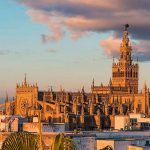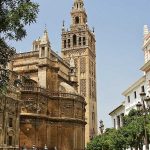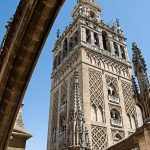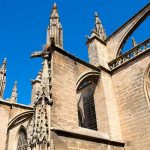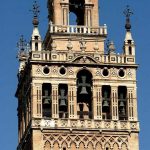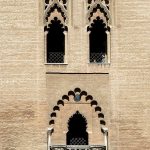The La Giralda is the bell tower of Seville Cathedral located in Seville, Spain. This bell tower was designed to be a minaret for the Great Mosque of Seville in Andalusia. It was registered as a World Heritage Site by UNESCO in 1987. It is claimed to be the tallest tower in the world with 97.5m in height and is the most visited tourist spot in the city.
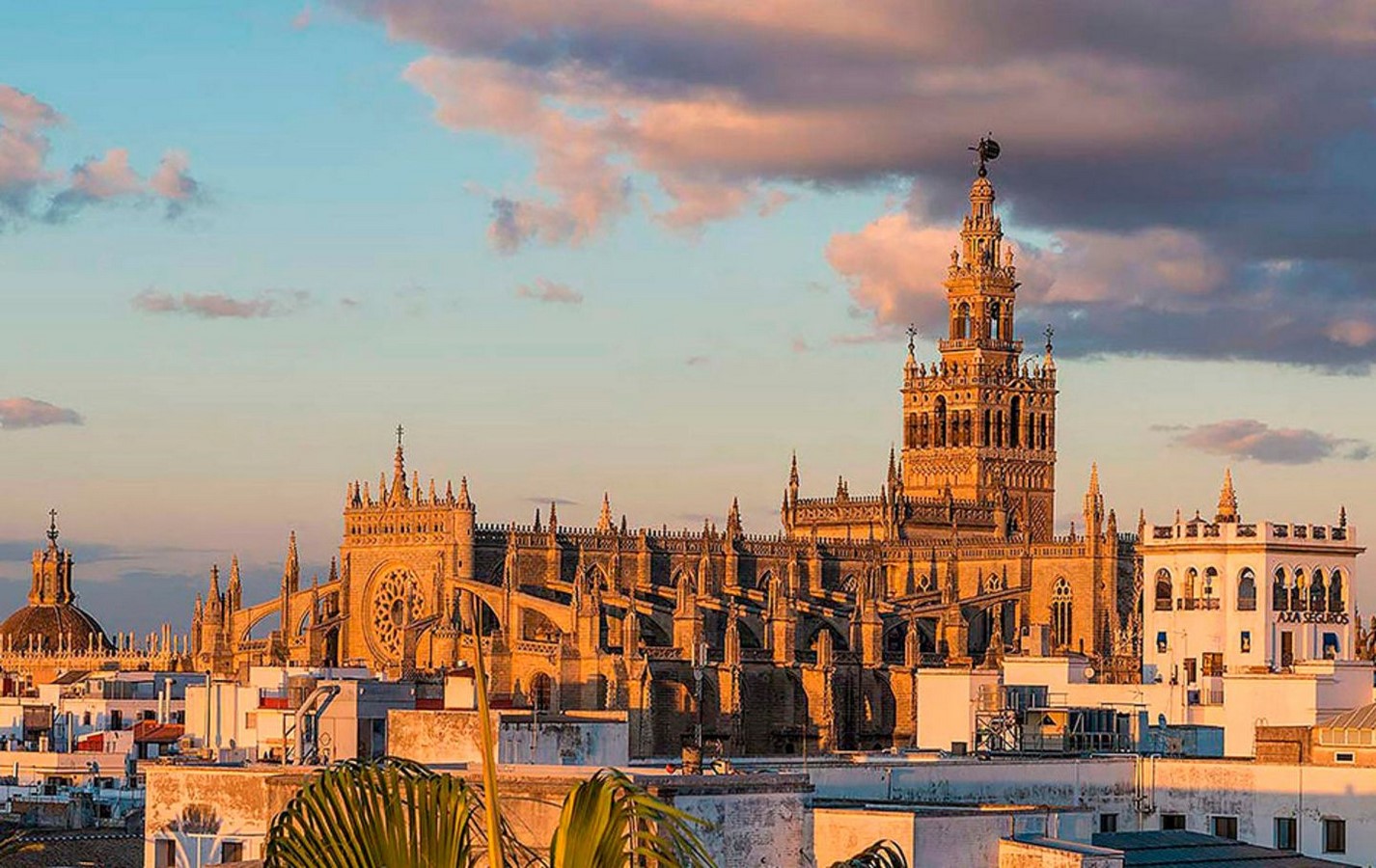
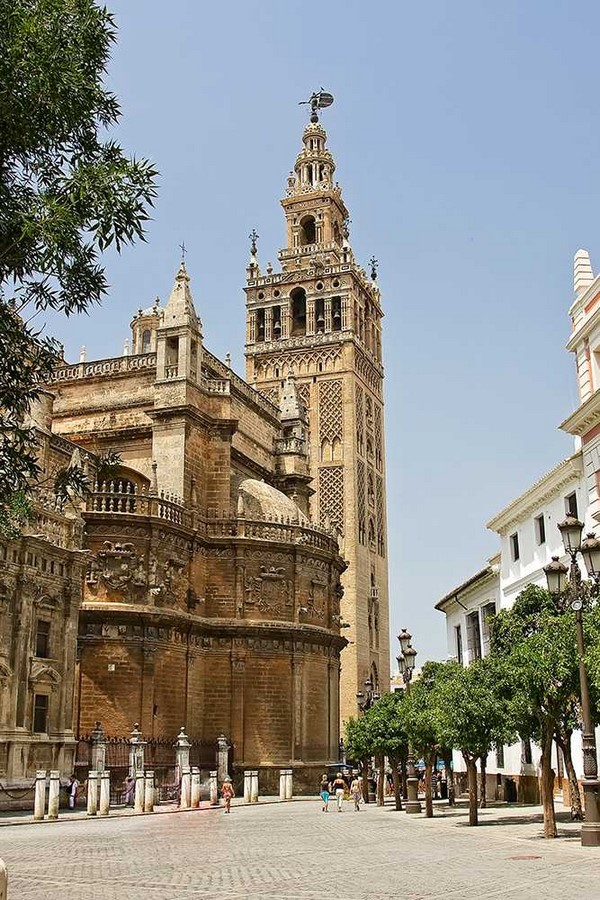
History | La Giralda
La Giralda was initially designed as the minaret of a mosque used to sing and invite people for prayer. However, today one can witness Church bells and people being invited to mass. The Tower is an Image of the Muslim Control, The Catholic Reconquest, the inquisition and the Renaissance.
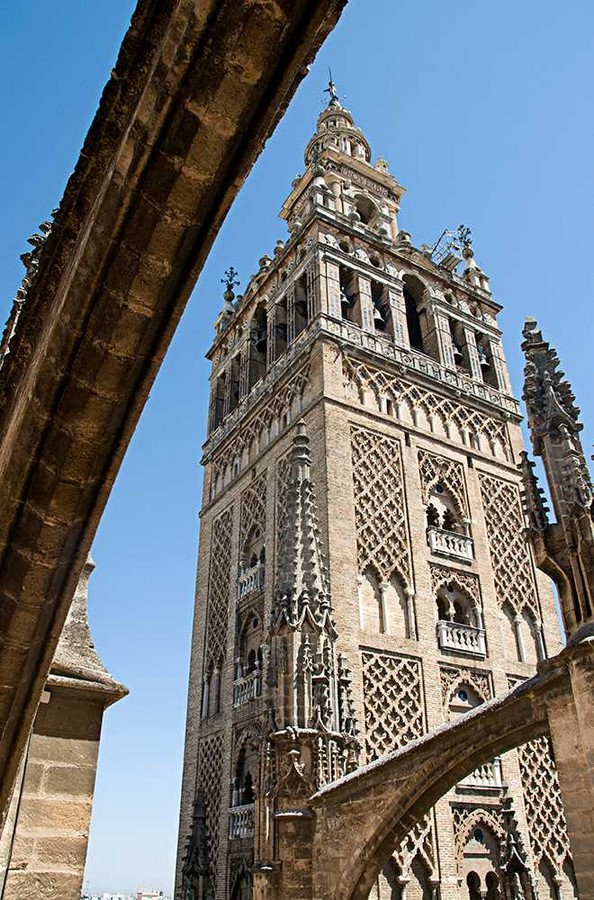
During the 13th Century, the city of Seville was controlled by Almohades. This was a group of African Muslims who flew in to help their Muslim brothers known as Taifas. It was during this time the Almohades constructed La Giralda as a part of their prayer place. The Almohades were not bothered by where the material belonged to as look as the material was Sturdy. La Giralda was hence made up of stones, spherical decorations, Roman tombstones and no images.
In 1248, Seville was reconquered by Fernando III of Castilla, who later pursued as a saint for protecting and spreading Catholicism. It was during this time that the Catholics wanted to demonstrate their power over other religions. They destroyed la Giralda and used most of it. It was until the 14th Century that Catholics added layers around the church bells that helped in repurposing the building.
After the destruction of the original structure the extra tower was added to the primary building and completed as the La Giralda we see today.
Construction
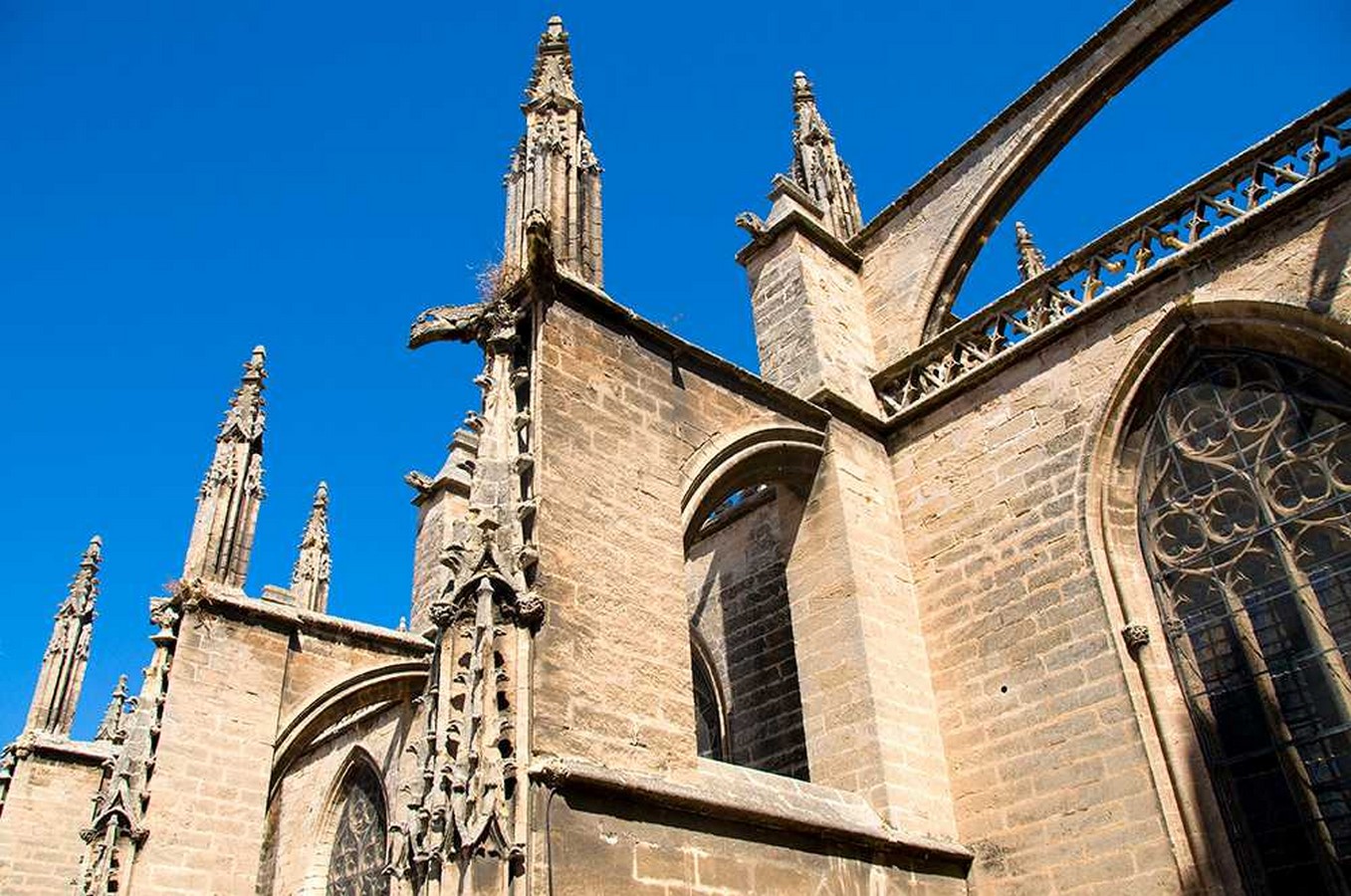
The La Giralda is designed in a form with a square base and centrally prismed with four external walls. Between the Prayer place and the Minaret is the ramp and hence a ramp is designed instead of a staircase to allow access on horsebacks.
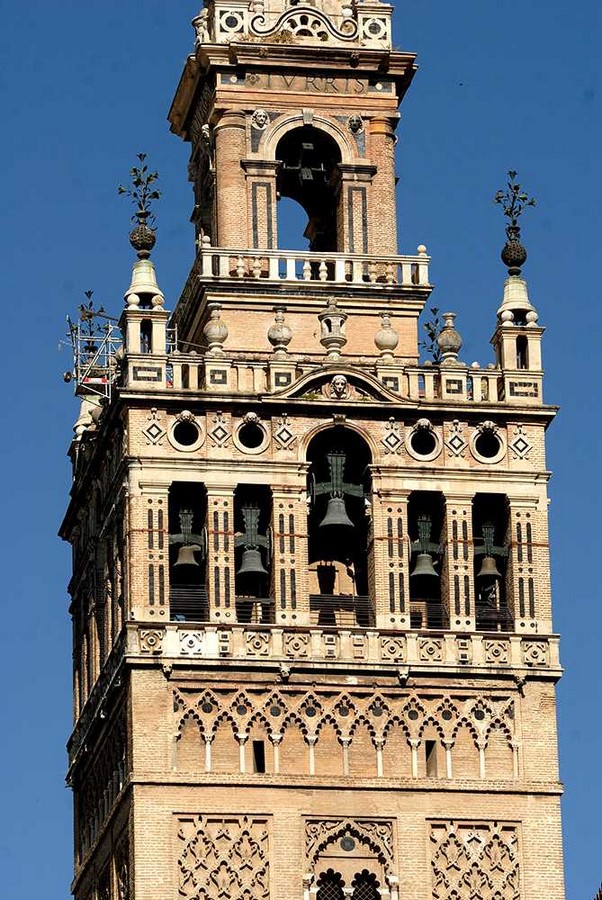
The exterior of the building is designed with mullioned windows or biphorous openings with polylobed horseshoe or semicircular arches. The place is surrounded by arfiz and sheltered by another large pointed arch. In the streets, there are mural arches that can be seen from a distance which resemble a network of diamonds. The excelled height of the minaret makes it stand out from all the others.
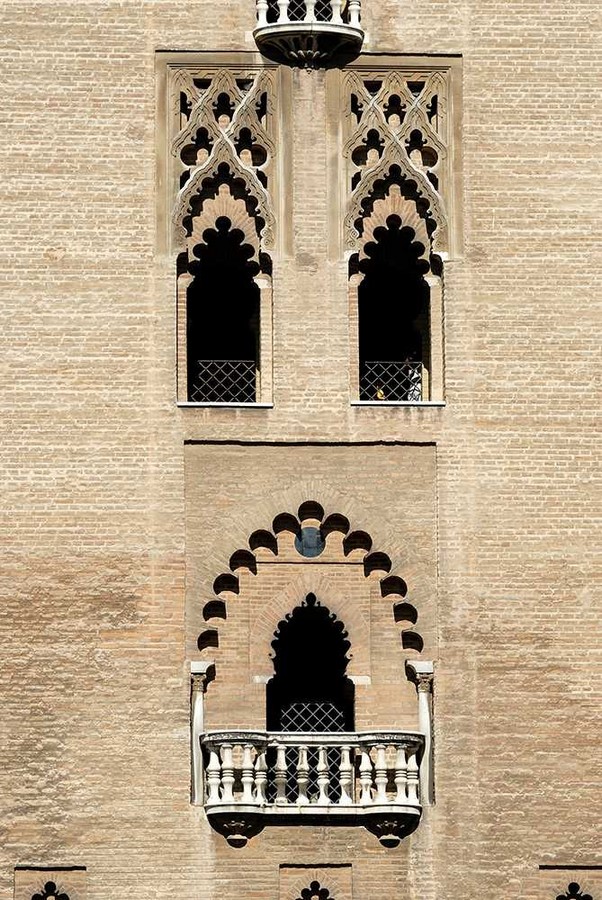
In the body of bells, the work of the windows is magnificent where the caliphal and arches stand out. The last body of the tower was replaced by the deterioration suffered in the 16th Century through Renaissance auction on which a bronze female statue of about four meters high represents “The Victorious Faith” called the Giraldillo which names the beautiful tower.
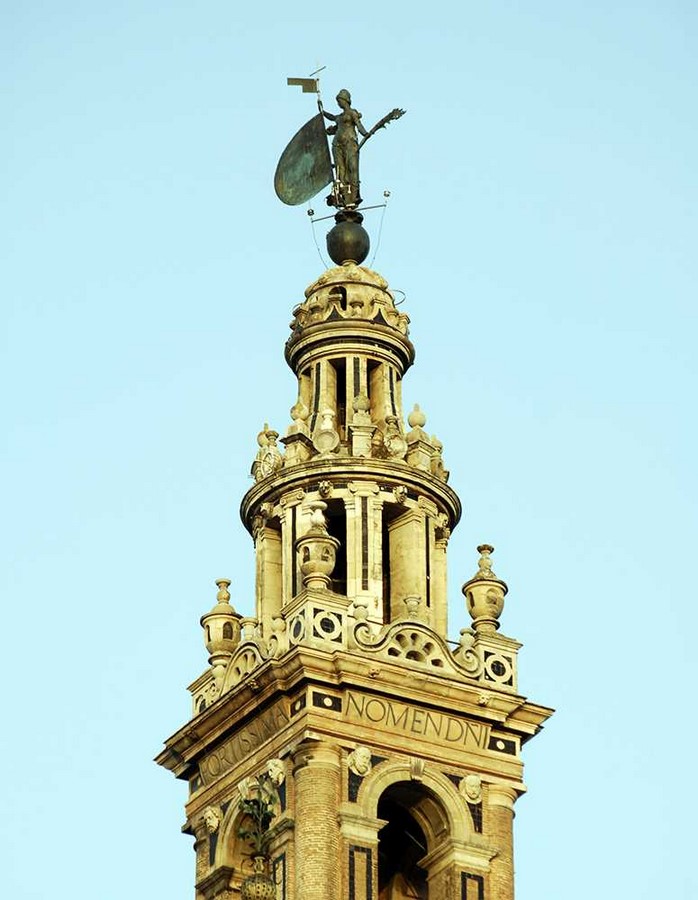
Social and Political importance of the royal heritage
The Royal heritage can make contributions to areas’ livability and their identity. In many locations, they are places that are a focus for the community activities, such as schools, halls, institutes, religious places for worship and parks. Heritage assets also often include local landmarks that people denote with a town or an area.
Royal Heritage projects often provide social benefits by raising its awareness through communities and community events and leading to the community’s sense of identity.
Impact on the Urban fabric | La Giralda
Royal Heritage has become one of the most rapidly expanding tourism segments in terms of visitors globally and has become a major attraction point for the cities and regions. Studies have indicated that cultural tourists tend to stay for longer and spend more time than non-cultural tourists. Also, the historic visitor’s attractions provide a range of benefits to the local community by attracting visitors to an area and attracting them to spend money in local hotels, shops, pubs and restaurants and that helps in generating employment in the heritage structure and its related fields.
Royal heritage contributes to economic and business activities in the local areas in five different ways – the economic benefits associated with heritage recreation and tourism; the impact associated with day to day operations; the capital works, including restoration, maintenance and repair; Heritage and cultural institutions making more attractive for workers to locate for non-tourism business; the Economical security.
The Importance of the Worth of Cultural or Royal Heritage in the fullness of time evolves into an important aspect of the city. The values of heritage become even more fierce and responsive with time. It emphasizes the social and political importance. The Urban fabric has a massive impact due to its growing value. The history, the construction, the methods and the ideologies become one of the most important aspects for the tourist and the people living in its vicinity. The Presence of Royal heritage also helps the Country with economic security.
References:
- Catedral de Sevilla. 2022. La Giralda – Catedral de Sevilla. [online] Available at: https://www.catedraldesevilla.es/la-catedral/edificio/la-giralda/#jp-carousel-3536
[Accessed 15 May 2022].
- Mercerhoteles.com. 2022. Discover La Giralda and the Cathedral of Seville. [online] Available at: https://www.mercerhoteles.com/en/blog/sevilla-a-los-pies-de-la-giralda
[Accessed 15 May 2022].








